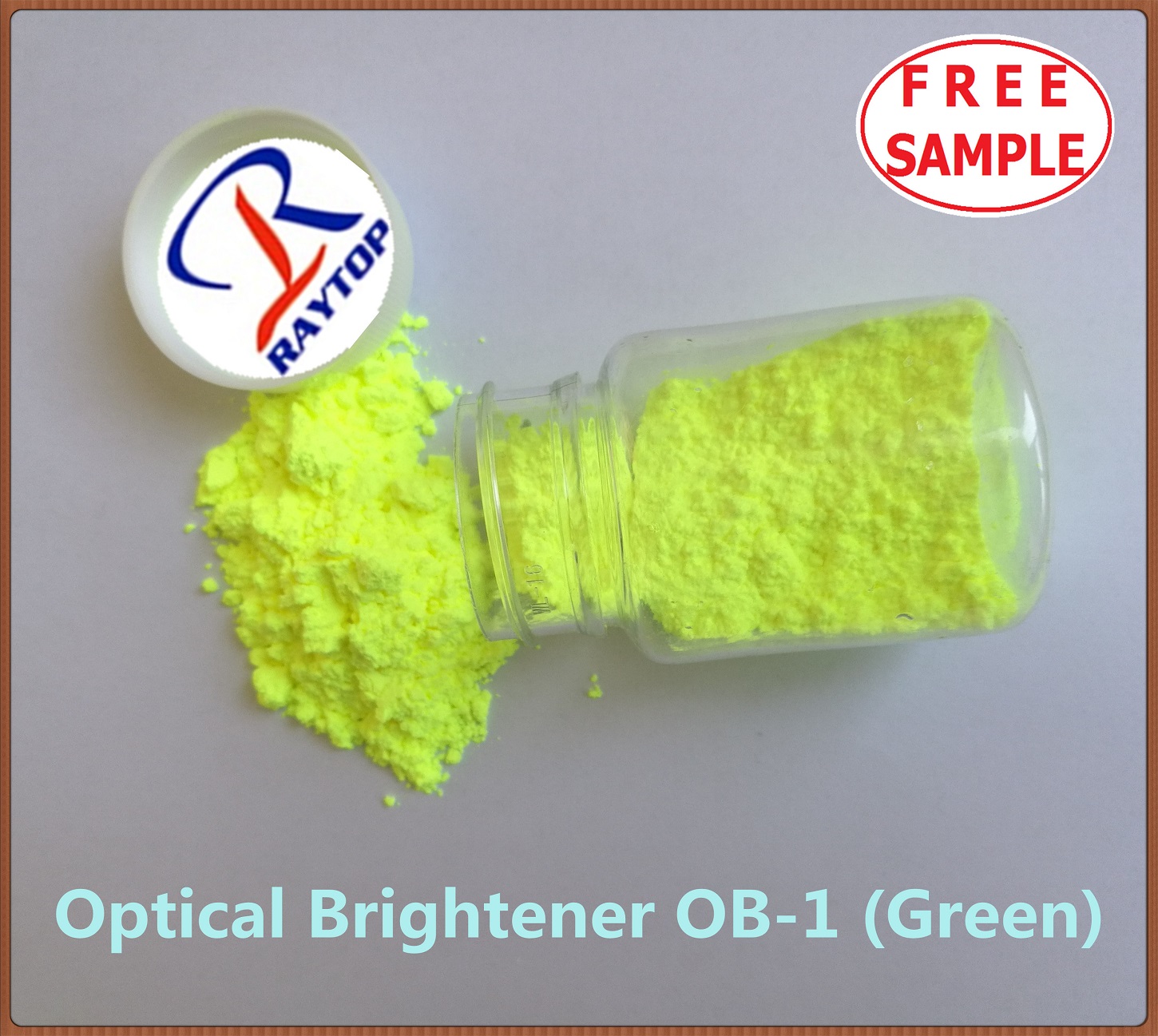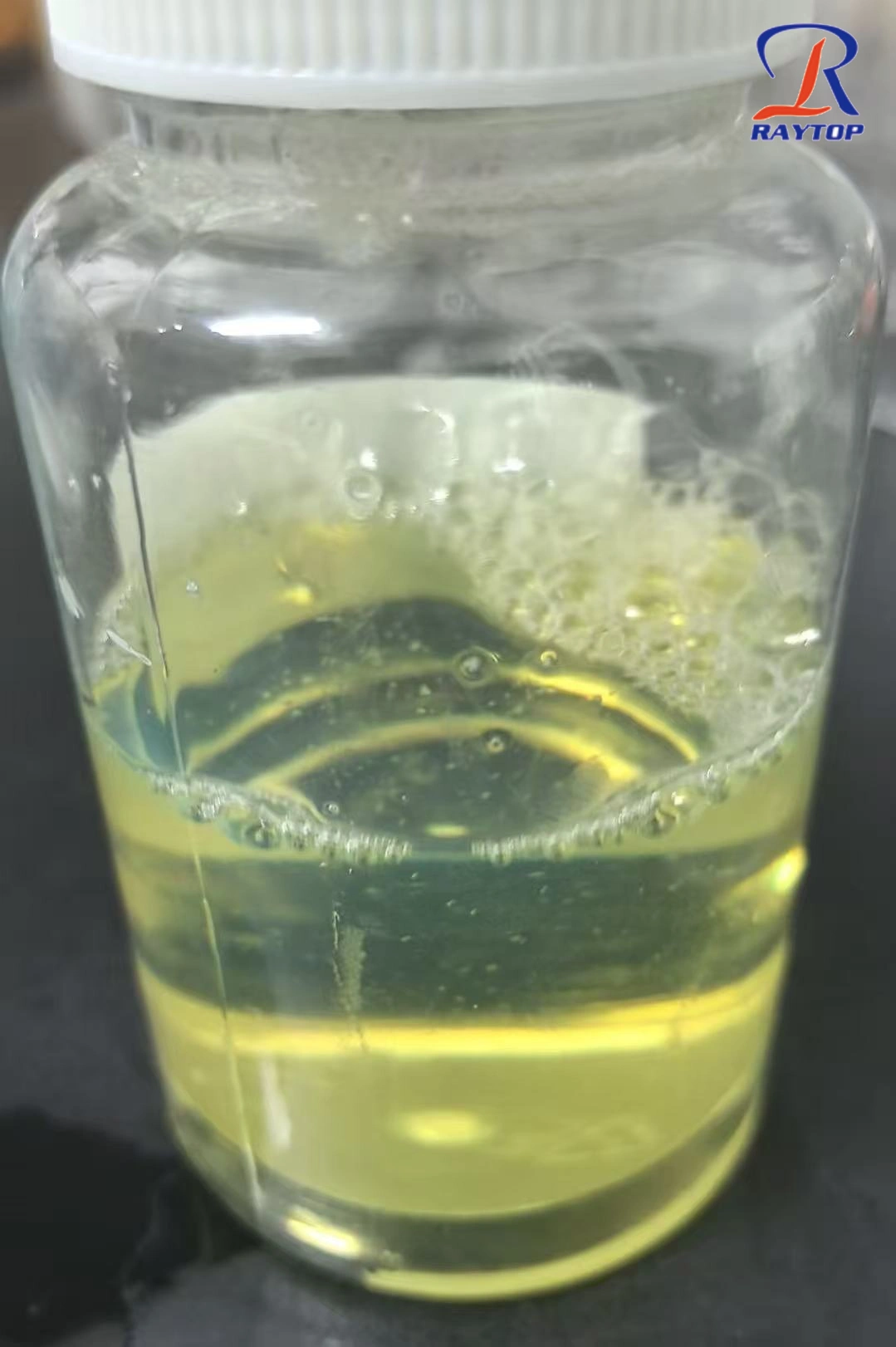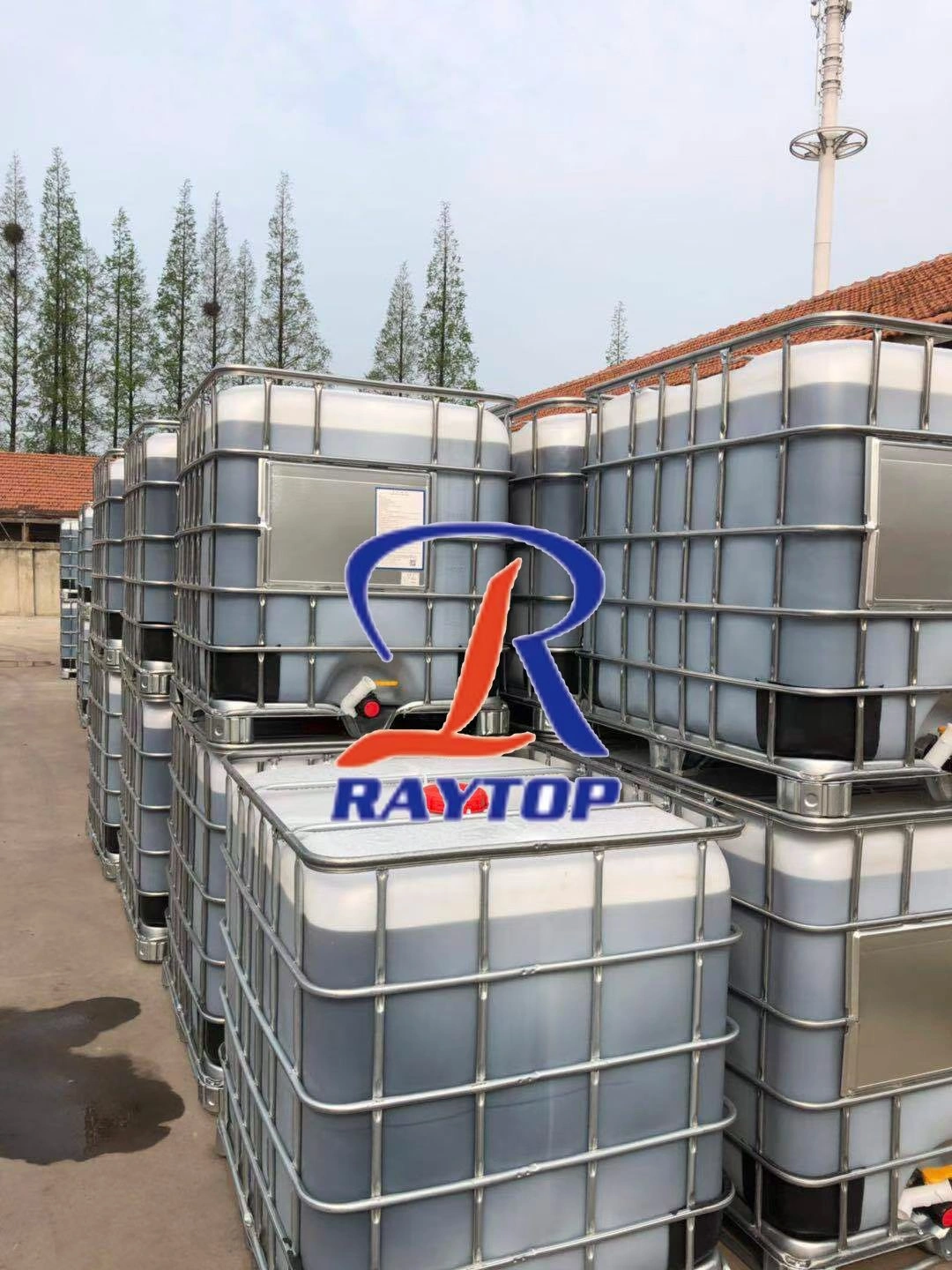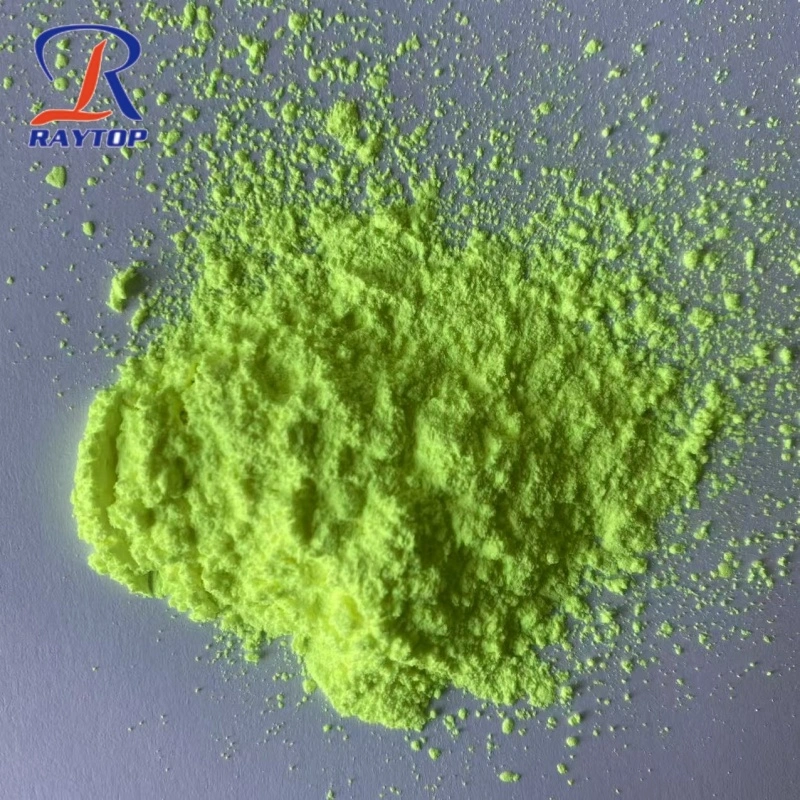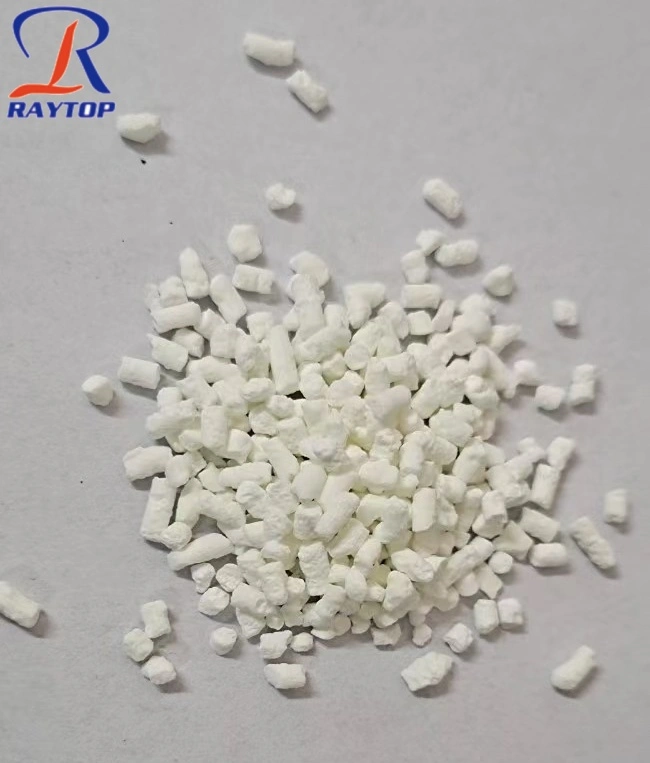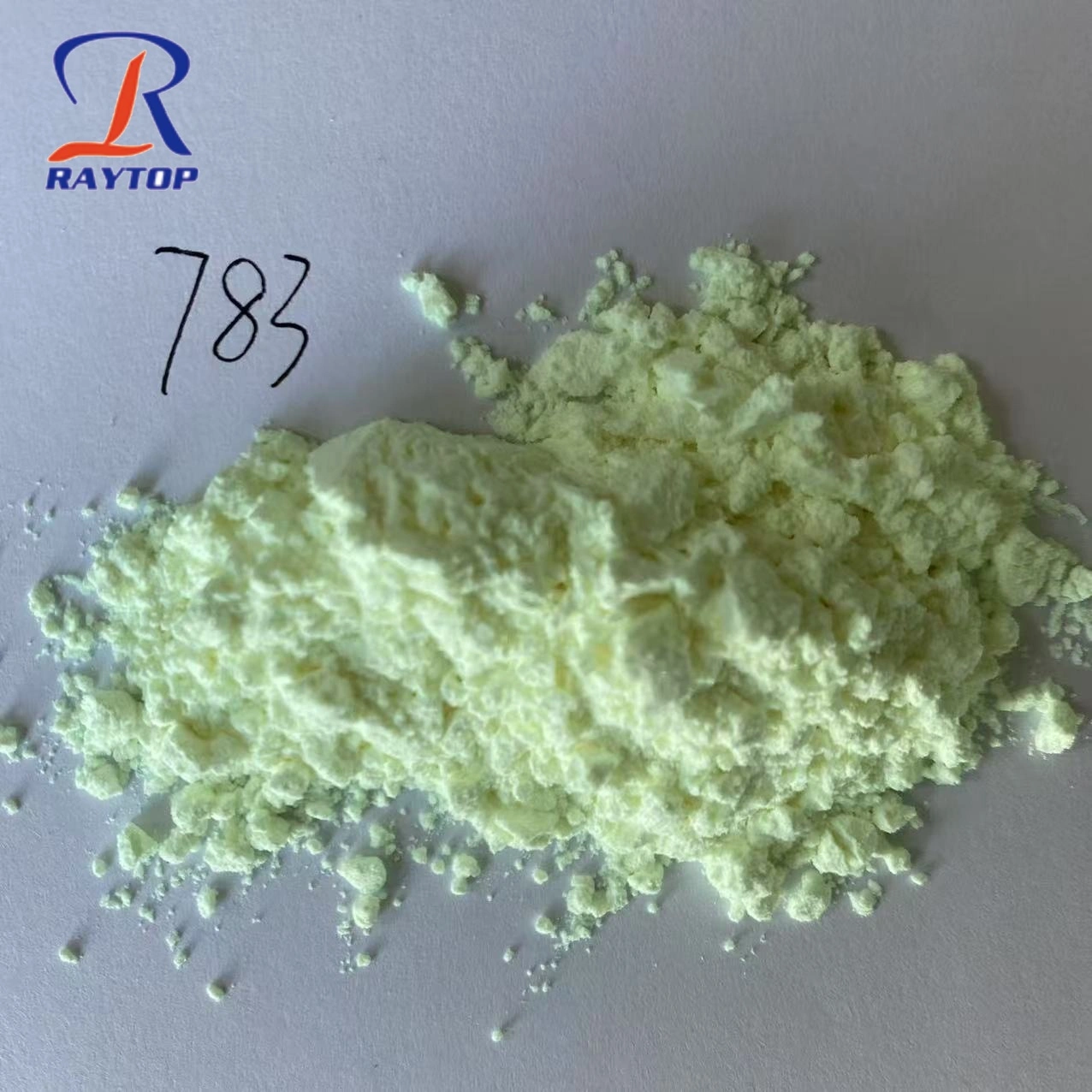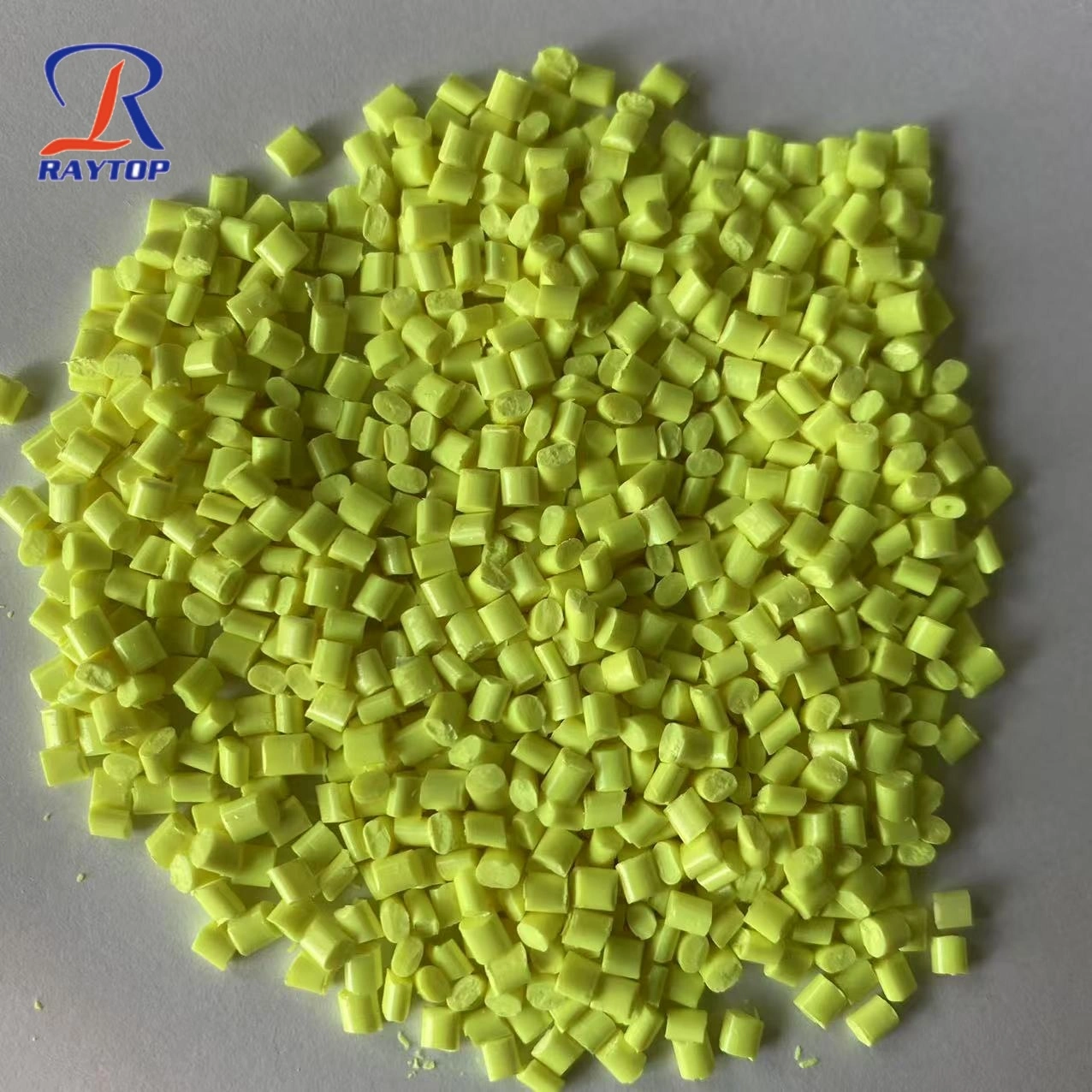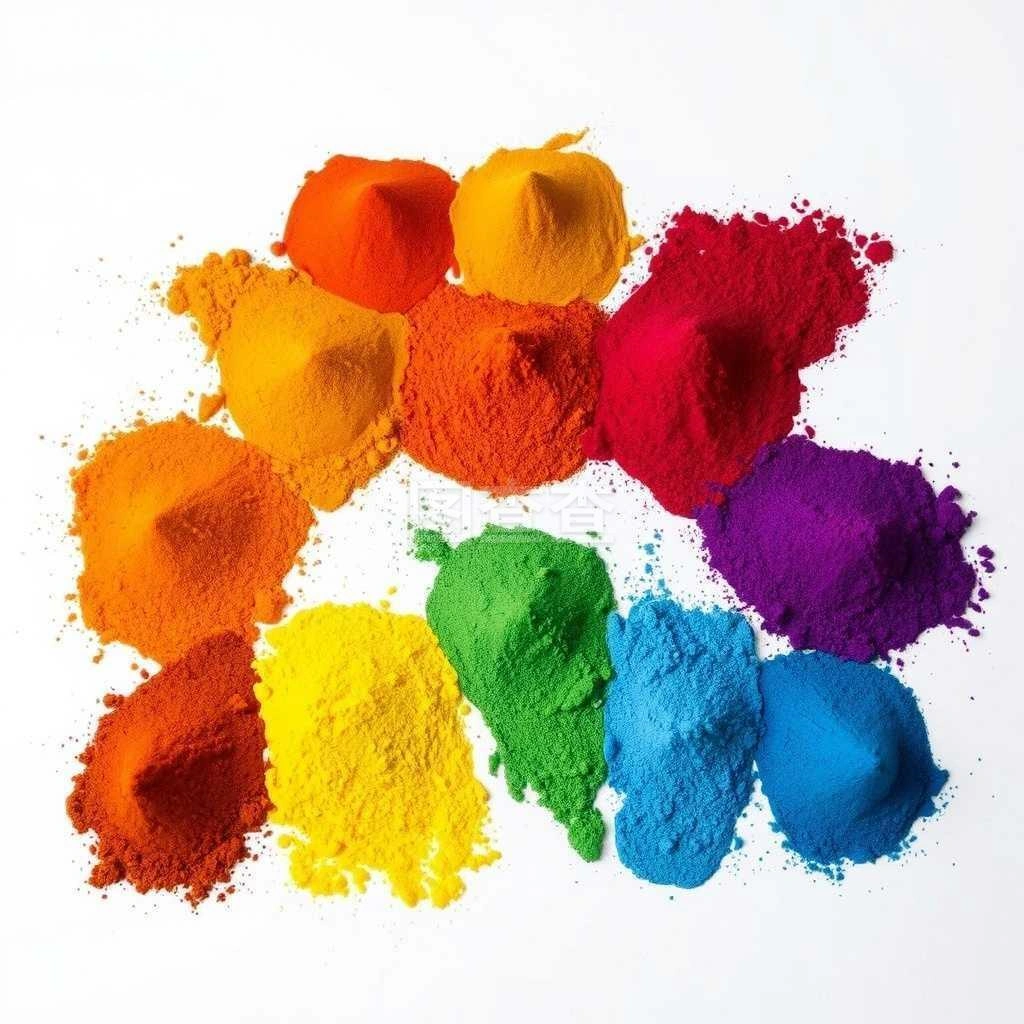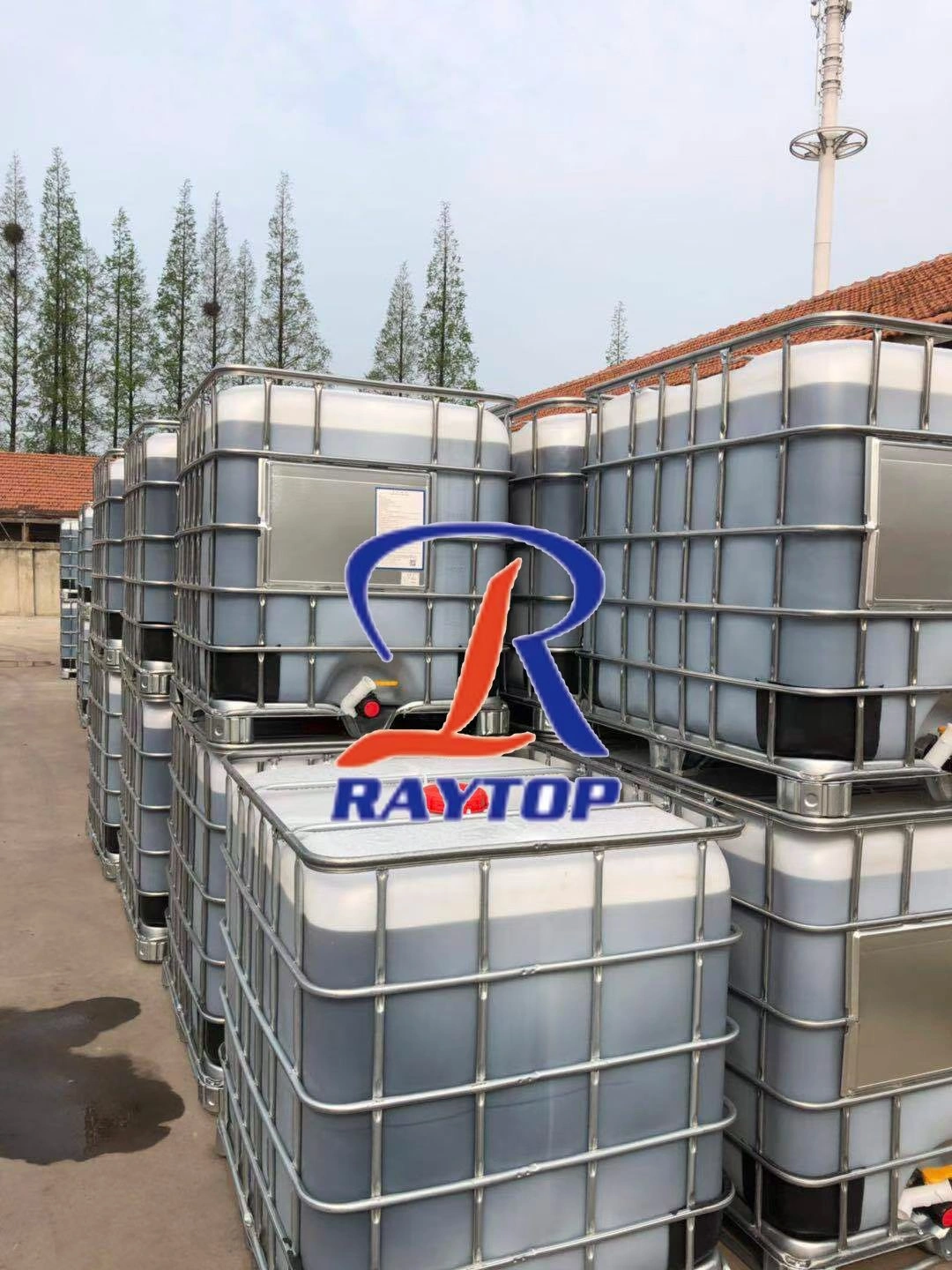Everyone knows that there are many types of Optical Brighteners, and the whitening of different products usually differs in the choice of fluorescent whitening agents. However, although there are many types of brighteners with different chemical structures and properties, the brightening principles for the products to be brightened are the same.

The whitening principle of Optical Brighteners is mainly due to the conjugated double bond system contained in the Optical Brighteners molecule, which has good planarity. This special molecular structure can absorb ultraviolet light (wavelength 300~400nm) in sunlight and emit blue or blue-violet light (wavelength 420~500nm) under sunlight. This color light is combined with the yellow light of the product itself Complementary turns into white light, which makes the product white.
The whitening effect of Optical Brighteners is optically brightening and supplementing color, and cannot replace chemical bleaching. The whitening effect of the fluorescent whitening agent mainly depends on the content of ultraviolet rays in the irradiated sunlight and the concentration of the fluorescent whitening agent on the product.
The fluorescence of the fluorescent whitening agent is mainly due to ultraviolet light. When the ultraviolet light in the sunlight is relatively high and the concentration of the fluorescent whitening agent on the product changes within a certain range, the whitening effect often varies with the concentration of the whitening agent on the product The increase is enhanced.
When the concentration of the whitening agent is increased to a certain appropriate concentration, the whitening effect is good and the whiteness is high. However, if the amount of brightener exceeds a certain range, not only will it not increase the whitening effect of the product, but on the contrary it will reduce the whiteness of the product.
So, why does the whitening effect not increase as the concentration of fluorescent whitening agent on the product increases? The reason is that the intensity of the yellow light on the product is limited, so the complementary color of the yellow light-blue-violet light that is required to offset the yellow light (the dominant wavelength is about 570nm) is also limited to the yellow light emitted by the fluorescent whitening agent to absorb ultraviolet rays. of.
When the concentration of the Optical Brighteners on the product is increased to an appropriate concentration, the emitted blue-violet light intensity is exactly equal to the yellow light intensity of the product, which cancels each other out. At this time, the whiteness of the product is the best.
However, when the intensity of the blue-violet light is greater than the intensity of the yellow light of the offset product, the blue-violet light reflected by the whitening agent is more obvious. At the same time, due to the different composition groups of the whitening agent, the different colors presented are also more obvious. come out.
As a result of the combined effect of the above two factors, the gray tone of the product increases, and its effect is also enhanced with the increase of the whitening agent concentration, so that the whitening effect of the whitening agent is reduced.
Therefore, when choosing an Optical Brighteners, in addition to considering its whitening effect, it is also necessary to pass a sample test to find the appropriate dosage of different whitening agents for reasonable use and achieve a good whitening effect.
